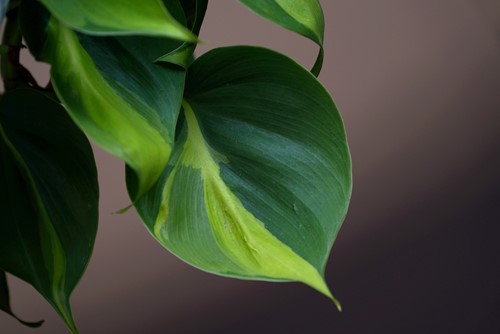
Growing plants in water is a fun and convenient way of bringing nature indoors. Many popular houseplants and herbs can sprout and live in water with the right nutrients. Heartleaf philodendrons are especially successful growing this way. Here is a basic guide for growing a philodendron in water:
Now you'll have a collection of brand-new baby philodendrons. You can transfer them to soil once the roots are at least an inch long or simply keep them in the water. As long as they get enough light and an occasional dose of diluted fertilizer, your philodendron will produce more vines and leaves just as it would when planted.

I'm John Mahan, Sales Associate with William Raveis Real Estate, Harwich Port Office.
Throughout his childhood, John Mahan spent summers on Cape Cod at his parents’ home in Dennis Port. His intro to the Cape was, as he puts it, when his parents “carried me down the stairs at Sea Street Beach when I was a week old.” With a lifelong connection to Cape Cod, it seemed only natural for John and his wife, Mary, to move to Harwich – where they still reside – with their two young children in 1996.
Prior to moving to Cape Cod, John lived in the Worcester-Auburn area where he worked for Mass Electric for 10 years and was a member of the International Brotherhood of Utility Workers. When John and his family moved to the Cape, he worked at NSTAR for six years.
John began his career in real estate in 2002 when he joined Team Waystack Realty in Harwich Port. He has been a consistent top producing realtor in the Harwich area for the past 20 years. John’s approachable demeanor, combined with an integral understanding of the Cape Cod residential real estate market, have allowed him to build trusting, long-term relationships with his clients – both sellers and buyers.